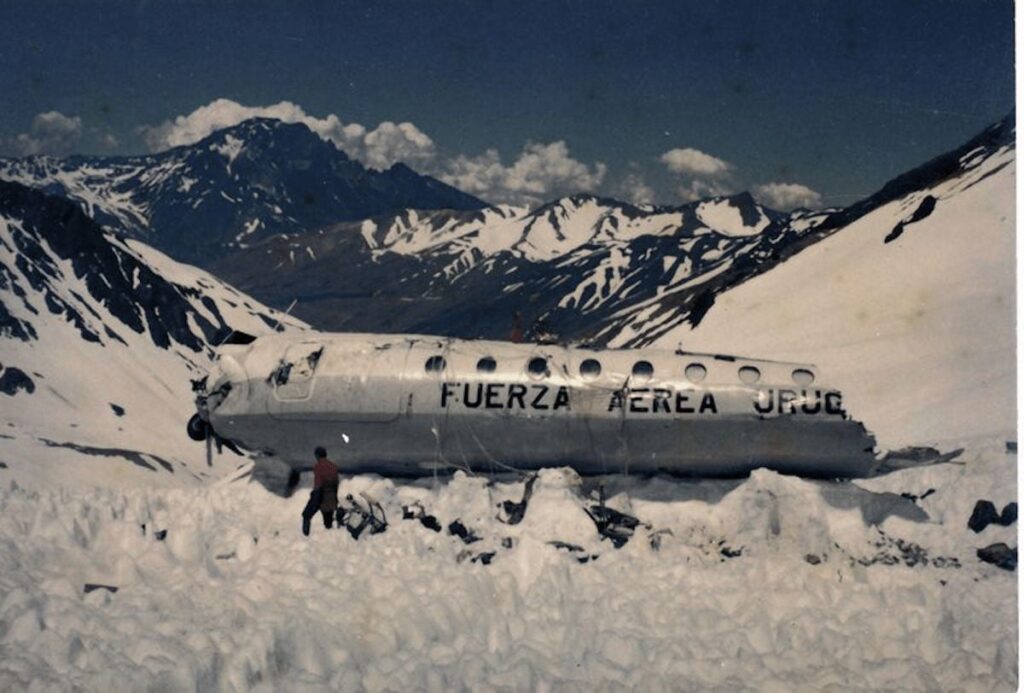When we reflect upon the true story that inspired ‘Society of the Snow’, it’s not just a tale of survival against insurmountable odds, but a testament to the human spirit’s resilience. The 1972 Uruguayan Air Force Flight 571 disaster serves as a stark reminder of how quickly life can change and the lengths to which people will go to preserve it. Let’s embark on a chronological journey through the events that unfolded, examining each critical moment that led to this harrowing ordeal.
Overview of Uruguayan Air Force Flight 571
The story begins with Uruguayan Air Force Flight 571. On October 12, 1972, the plane took off from Montevideo, Uruguay, carrying 45 souls, including members of the Old Christians Club rugby team. These young athletes, along with their friends and family, were en route to a match in Chile when fate took an unforeseen turn. Among them was Roberto Canessa, a 19-year-old medical student, who would later become pivotal in their survival narrative.
Details of the Andes flight disaster
The Andes flight disaster was a culmination of unfortunate circumstances. The ill-equipped aircraft faced harsh weather conditions and an inexperienced co-pilot who began his descent too soon, believing they had reached Santiago. The resulting crash into the mountainside was catastrophic, with immediate fatalities and a grim outlook for survivors. Looking out of the plane’s window, something felt very wrong. We were surely far too low in the sky,
one passenger recalled, highlighting the dread felt moments before impact. 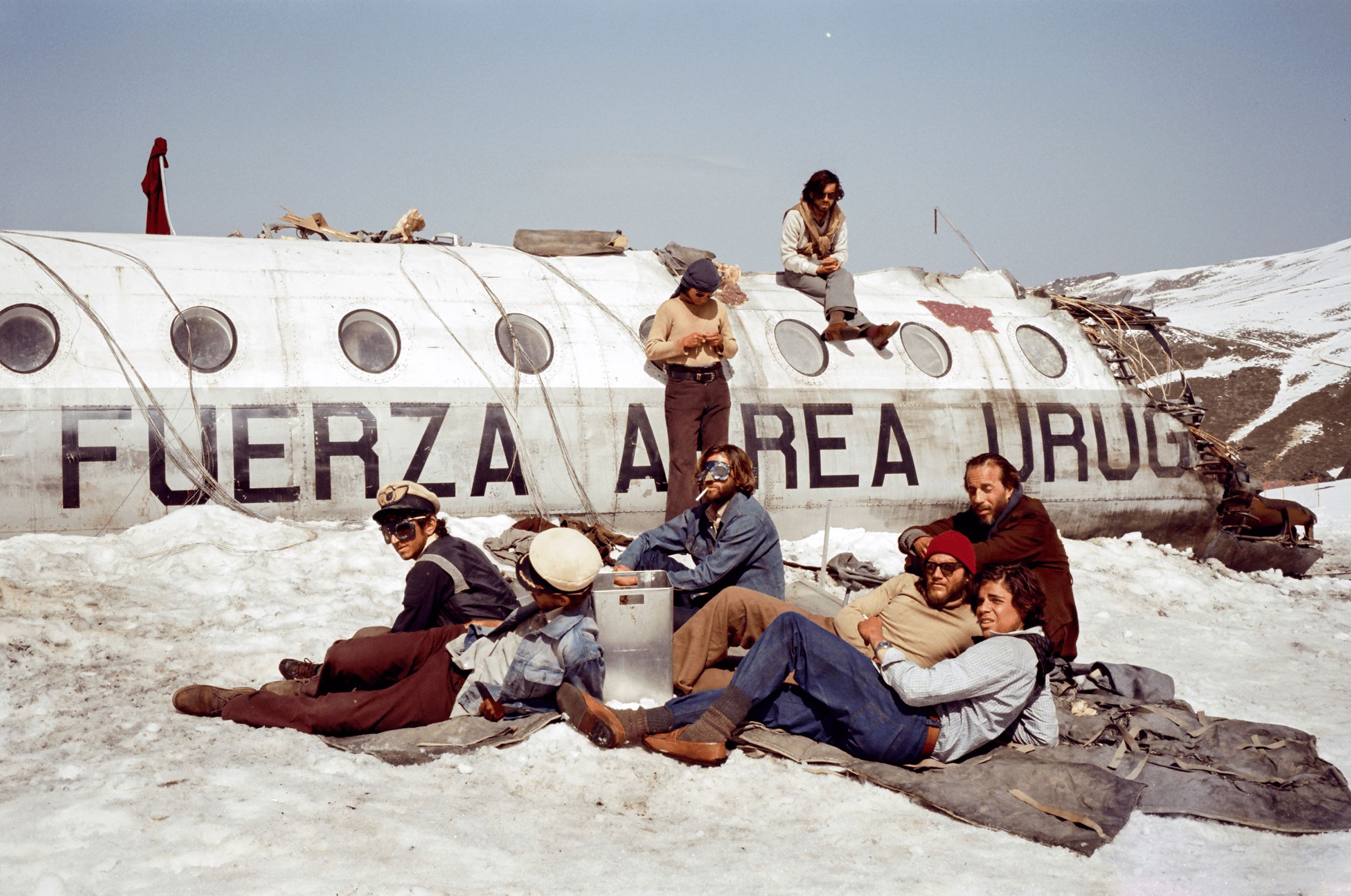

Initial survival strategies in the Andes
In the aftermath of the crash, those who remained faced the daunting task of survival in the Andes. The survivors turned to the wreckage for shelter and scavenged for clothing to combat the freezing temperatures. Rationing what little provisions they found was essential, but these were direly limited. As one survivor put it, The cold was unimaginable… We opened luggage in search of jackets and sweaters.
Their resourcefulness was a crucial factor in their initial survival efforts. 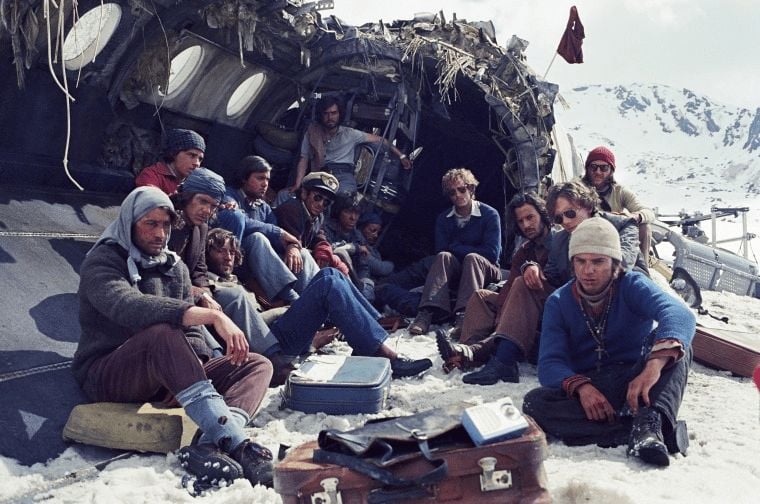

Confronting moral and ethical challenges
The survivors were soon confronted with severe moral and ethical challenges. With no food or water available, they faced a decision that would haunt them for life: cannibalism. Of course, the idea of eating human flesh was terrible, repugnant… But we got used to it,
one survivor confessed. This stark reality sheds light on the extreme measures they felt compelled to take to stay alive under such harsh conditions. 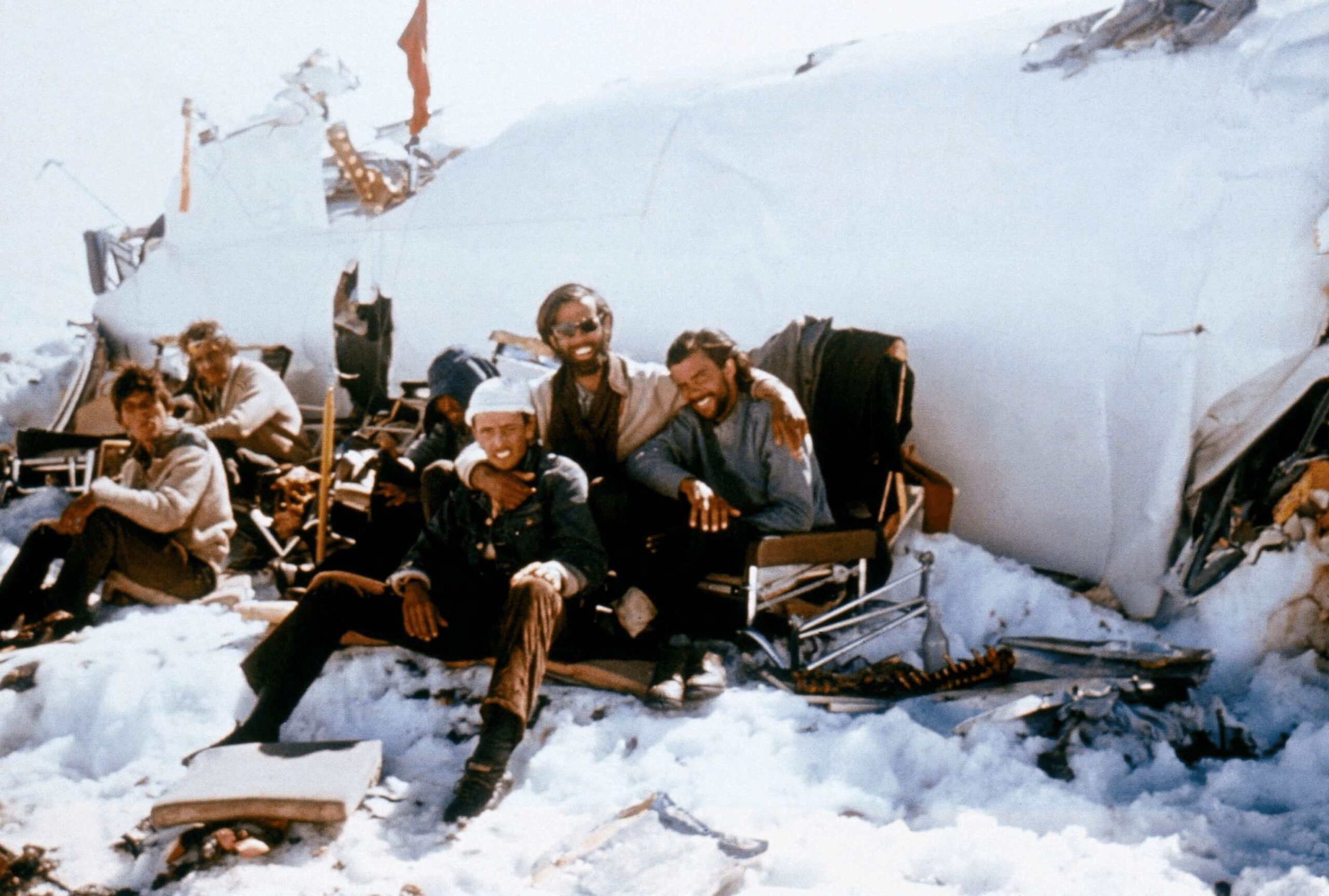

The complexities of search and rescue operations
The search and rescue efforts for Flight 571 were fraught with difficulties. Despite survivors’ attempts to signal for help by scrawling ‘SOS’ on pieces of wreckage, their white plane blended into the snowscape, rendering them invisible from above. Tragically, after only eight days, authorities called off the search. One can only imagine their despair upon hearing via radio that they had been abandoned by rescuers. 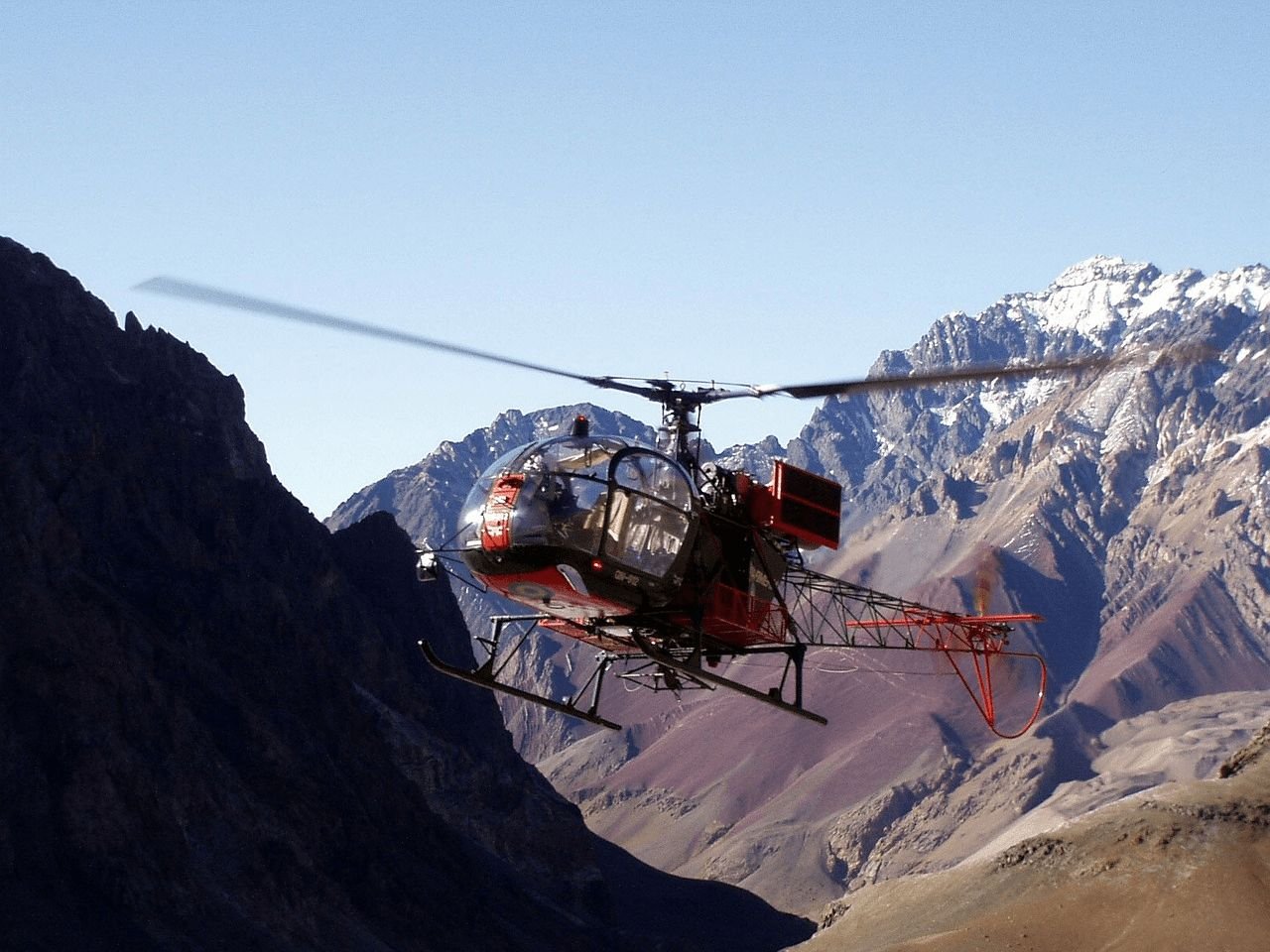

The enduring wait for deliverance
The survivors’ long wait for rescue stretched on for an agonizing 72 days. During this time, their physical and mental health deteriorated significantly as hope waned. Roberto Canessa and his fellow survivors endured a grueling test of endurance that few can comprehend. The impact of such an extensive period without rescue is difficult to fathom but is an integral part of their story’s fabric. 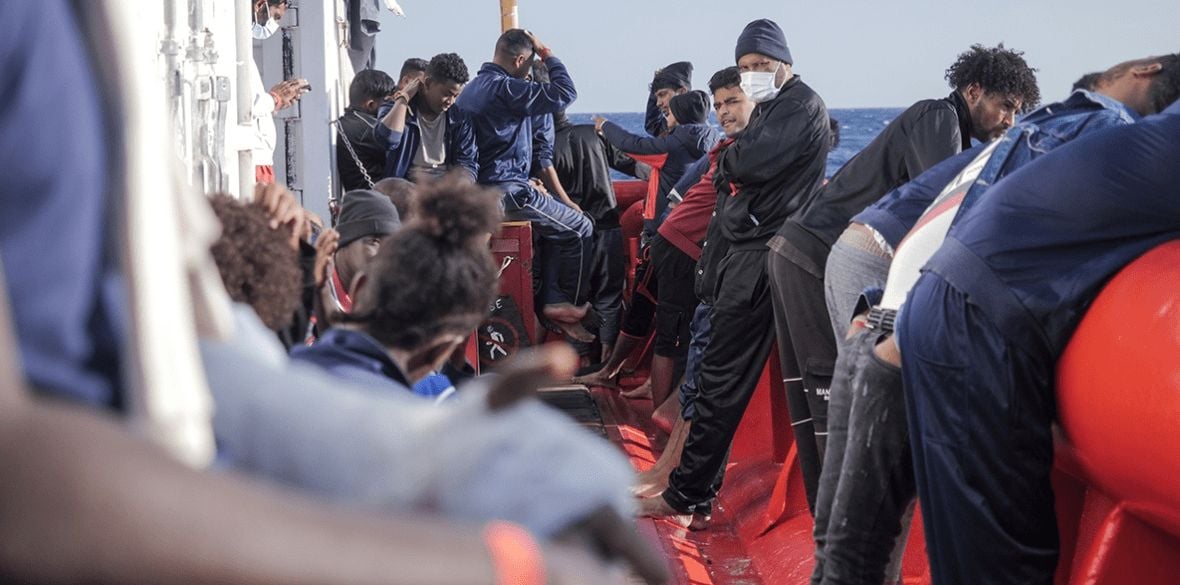

Pablo Vierci’s narrative in Society of the Snow
Pablo Vierci’s book ‘Society of the Snow’ provides a detailed account of these events. The book was later adapted into a film directed by J.A. Bayona (The Impossible), which premiered in Spain on December 15th. The adaptation aims to stay true to Vierci’s narrative and honor the survivors’ remarkable journey through its retelling. 

The enduring impact on lives and culture
In examining the aftermath and legacy, we see that this event has left an indelible mark on not only those directly involved but also popular culture at large. The survivors still gather annually to commemorate those lost and celebrate their miraculous deliverance from death’s door. Films like ‘Alive’ have brought their story to audiences worldwide, ensuring that this incredible tale of human endurance will not be forgotten. 


